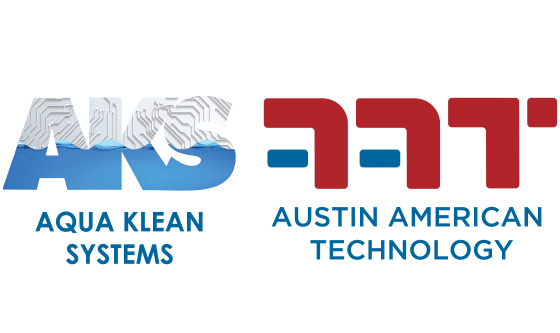Steve Stach
Chief Technical Officer,
Austin American Technology
Optimizing Batch Cleaning Process Parameters for Removing Lead-Free Flux Residues on Populated Circuit Assemblies
Bill Vuono
TriQuint Semiconductor, Richardson, TX
For the last fifty years, assessment of circuit cleanliness on manufacturing lines hasrelied heavily on two methods for maintaining daily control. Visual inspection identifies the bulk residues andresistance of solvent extract or “ROSE” testing identifies the ionic residues. These two process control methods remaintodayas thestandard inassessing production cleanliness. But take a closer look and change is happening. Visual inspection by humans isbeing replaced by automatic inspection systems. They are not quite good enough yet to look under parts, but that day is coming.The current ROSE test, let’s call it the ROSE I test, was developed to assess flux residueunder parts and other invisible ionic residues like finger print or plating salts. For many years the electronics industry has been searching for a new “ROSE II” test that could be tuned to the flux type and product requirements, and of course be automatic and free. That day also may be coming
.The original ROSE test method remains essentially unchanged since the mid 1970’s although the nature of soldering has changed considerably. In the 1980’s surface mount technology replaced the traditional wave soldering process. Cleaning changed significantly with the Montreal Protocol banning the use of most halogenated hydrocarbons used to clean circuit cards. This led to the introduction of low activity no-clean fluxes. Following the turn of the century, circuit manufacturing underwent another major soldering change, the introduction of lead free soldering alloys. Higher reflow temperatures required new changes to the fluxes, and that again changed the cleaning requirements.
TheROSEtest was developed in the 1960’s as a method to quantify the amount of activated rosin flux residue remaining on a completed circuit assembly. Amixture of isopropyl alcohol and de-ionized water was selected as the extraction solventto dissolve the rosin based flux. The ROSE method quickly gained acceptance and was incorporated in the US military specification, Mil-P-28809 in 1971. Itrequired asample board to be pulled from normal production and a daily ROSE test performed. In 1994 the Mil-P-28809 requirement was dropped for US military contracts and the ROSE test was further defined and incorporated into the generally recognized industry standard set forth by the IPC.
A lot has been said about the validity of the current IPC ROSE test. Some say it is no longer valid because most new flux residues are not soluble in the IPA/water extraction solvent. Others have concerns about contaminated board escapes allowed by sample testing versus 100% testing of all product. The key to updating the currenttest method hinges on two improvements. First, we need toeliminate sampling and test 100% of all product cleaned. This means inserting the ROSE testinto the cleaning process. Wealso need to look at using extraction solvents other than IPA and water mixtures.
To accomplish this, let’s look at what ROSE testing is and how it works. In theory, an extraction solvent, presumably one that dissolves the flux and other ionic residue remaining, is flowsacross the circuit for some time and dissolves the remaining residue. The amount of residue removed is then determined based upon a drop in the resistance in that solution.
